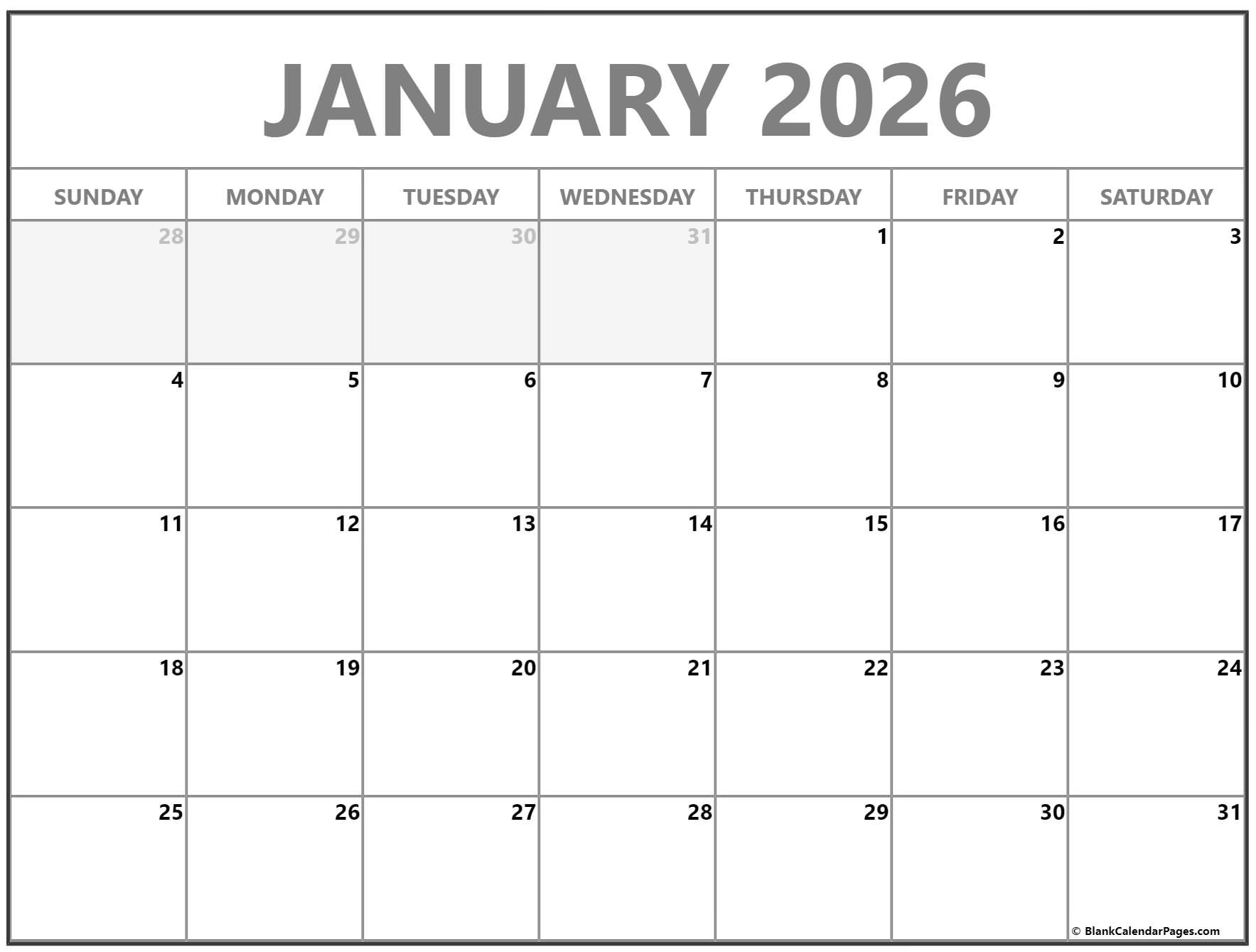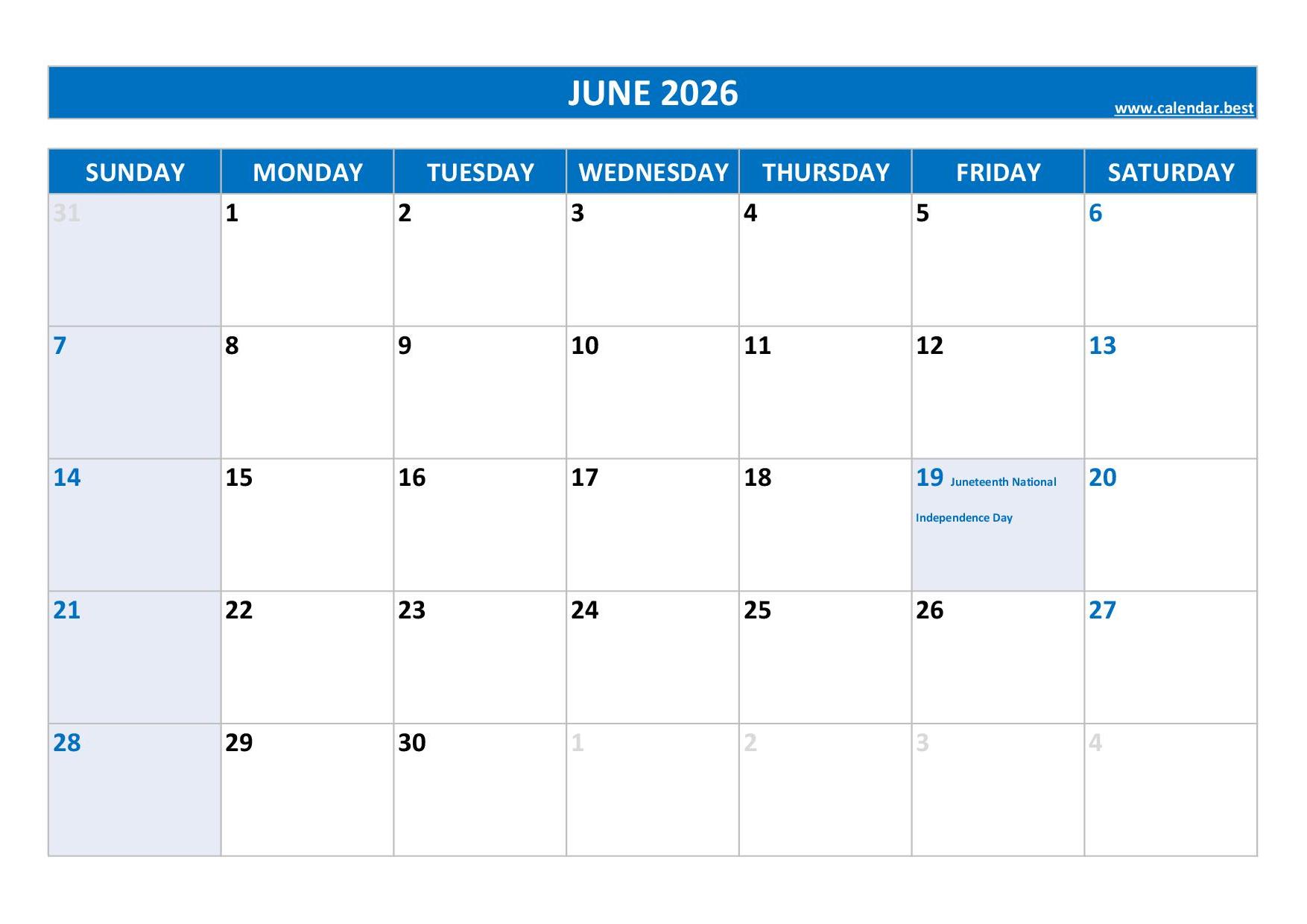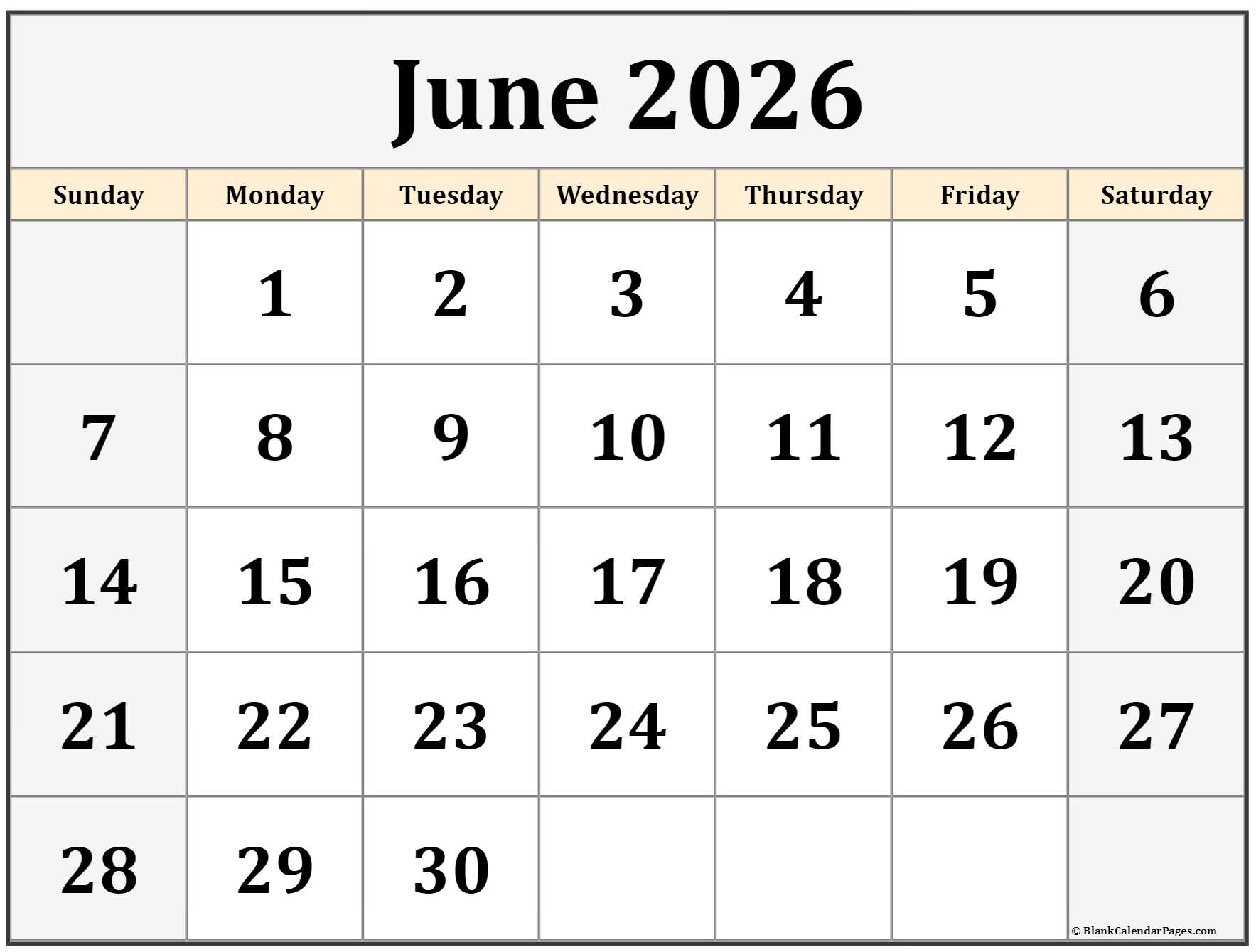
Introduction
calendar holidays 2026 jan to june represents a significant subject within its field, encompassing a range of practices, traditions, or applications that shape daily life and broader cultural or professional landscapes. Understanding calendar holidays 2026 jan to june provides clarity about its background, its present relevance, and the way it continues to influence various aspects of society. This period, spanning the first half of the year, is particularly rich with a diverse array of observances, from federal and public holidays to religious festivals and cultural celebrations, all of which contribute to the rhythm of personal and professional schedules. A comprehensive grasp of these dates is essential for effective planning and participation in societal functions.
Definition and Origin of Calendar Holidays 2026 Jan to June
Calendar holidays, generally, are designated days or periods of time when normal activities, particularly work or school, are suspended or reduced to observe a specific event or tradition. For the period of January to June 2026, these holidays encompass a wide spectrum, including national public holidays, religious festivals, and various cultural observances. The origins of these holidays are deeply rooted in historical events, religious doctrines, cultural heritage, and legislative mandates. Many national holidays, for instance, commemorate pivotal moments in a nation’s history, such as the establishment of independence or significant social reforms. Religious holidays stem from ancient traditions and scriptures, marking important dates in faiths like Christianity, Judaism, Islam, Hinduism, and others. Cultural observances often celebrate seasonal changes, community milestones, or ancestral practices. The specific dates for January to June 2026 are determined by various calendar systems, including the Gregorian calendar for civil holidays, and lunar or lunisolar calendars for many religious festivals, which means their dates can shift annually relative to the Gregorian calendar. This intricate interplay of historical, religious, and cultural factors creates a dynamic and diverse holiday landscape during the first half of 2026.
Importance of Calendar Holidays 2026 Jan to June Today
The importance of calendar holidays during January to June 2026 extends across multiple facets of contemporary life. For individuals, these periods offer crucial opportunities for rest, rejuvenation, and spending time with family and friends, contributing significantly to mental well-being and work-life balance. They provide a structured break from daily routines, allowing for personal pursuits, travel, or simply a pause from professional demands. Socially, holidays foster a sense of community and national identity. They are occasions for collective remembrance, celebration, and the reinforcement of shared values and traditions. Parades, festivals, and communal gatherings often accompany these dates, strengthening social bonds. Economically, holidays have a substantial impact. Retail sectors often experience increased consumer spending on gifts, travel, and entertainment. The hospitality industry, including hotels, restaurants, and tourism, sees a surge in activity. However, they also present challenges for businesses regarding operational adjustments, staffing, and supply chain management. Culturally, these observances are vital for the preservation and transmission of heritage, ensuring that historical events, religious practices, and ancestral customs continue to be recognized and celebrated by successive generations.
Benefits of Calendar Holidays 2026 Jan to June
The benefits derived from calendar holidays during the first half of 2026 are multifaceted and profound. Primarily, they contribute to enhanced individual well-being by providing scheduled breaks that reduce stress and prevent burnout. Regular time off has been linked to improved productivity, creativity, and overall job satisfaction upon returning to work. Secondly, these holidays serve as critical opportunities for family bonding and social connection. They facilitate gatherings, shared meals, and participation in communal events, strengthening interpersonal relationships and fostering a sense of belonging. Thirdly, calendar holidays play a significant role in cultural preservation and education. They are living lessons in history, religion, and tradition, allowing for the active practice and transmission of customs that might otherwise fade. Fourthly, there are considerable economic benefits, particularly for sectors that thrive on leisure and consumer spending. Tourism, retail, and entertainment industries often see increased revenue during holiday periods, stimulating local and national economies. Lastly, holidays promote social cohesion and national unity. By observing shared dates, communities and nations reinforce common values, commemorate collective experiences, and celebrate their unique identities, contributing to a more harmonious and integrated society.
Applications of Calendar Holidays 2026 Jan to June
The practical applications of calendar holidays from January to June 2026 are extensive and touch upon nearly every aspect of daily life and organizational planning. For individuals, these dates are fundamental for personal scheduling, including planning vacations, family events, and social engagements. Awareness of public holidays allows for strategic time-off requests, optimizing leisure time. In the professional sphere, businesses utilize holiday calendars for operational planning, such as adjusting work schedules, managing staffing levels, and forecasting consumer demand. Retailers plan sales and promotions around key holiday periods, while service industries anticipate changes in customer traffic. Educational institutions structure their academic calendars around these breaks, influencing school terms, examination schedules, and extracurricular activities. Government agencies also rely on these calendars for administrative closures, public service announcements, and the coordination of official events. Furthermore, the travel and hospitality sectors are heavily influenced, with flight and accommodation bookings, as well as destination planning, being directly tied to holiday availability. International businesses must also consider the varying holiday schedules across different countries to ensure seamless global operations and communication during this period.
Challenges and Future of Calendar Holidays 2026 Jan to June
While calendar holidays offer numerous benefits, they also present certain challenges and considerations for the future. One significant challenge involves the coordination of diverse holiday observances within multicultural societies. Ensuring equitable recognition and accommodation for various religious and cultural holidays, beyond federal or national ones, can be complex for employers and public institutions. Economic impacts also pose a challenge; while some sectors benefit, others, particularly those requiring continuous operation, face increased labor costs or disruptions due to closures. Managing public services and emergency responses during holiday periods requires careful planning. Looking towards the future, the integration of digital tools and artificial intelligence could further streamline holiday planning and communication, making it easier for individuals and organizations to navigate complex schedules. There is also a growing trend towards flexible work arrangements, which might influence how holidays are perceived and utilized, potentially leading to more personalized leave options. Furthermore, global interconnectedness means an increasing awareness of international holidays, which could influence cross-border business and travel. The evolving nature of work and society will likely continue to shape the way calendar holidays are observed, celebrated, and integrated into future lifestyles.
FAQs about Calendar Holidays 2026 Jan to June
Q1: What is calendar holidays 2026 jan to june?
Calendar holidays 2026 jan to june refers to the collection of designated non-working days, public observances, religious festivals, and cultural celebrations occurring within the first six months of the year 2026. This period includes federal holidays, state-specific holidays, and various religious or cultural dates that impact schedules and activities across different communities and sectors.
Q2: Why is calendar holidays 2026 jan to june important?
The importance of calendar holidays 2026 jan to june stems from their role in providing opportunities for rest, cultural celebration, and family engagement. They are crucial for personal well-being, contribute to social cohesion, and significantly influence economic activities, particularly in retail, tourism, and hospitality sectors. They also serve to preserve historical and cultural heritage.
Q3: What are the main benefits of calendar holidays 2026 jan to june?
The main benefits include improved mental and physical well-being through rest and relaxation, enhanced family and social connections, preservation of cultural and historical traditions, and economic stimulation through increased consumer spending and tourism. These holidays foster a sense of community and provide a structured rhythm to the year.
Q4: How can calendar holidays 2026 jan to june be applied in daily life?
Calendar holidays 2026 jan to june can be applied in daily life for personal planning, such as scheduling vacations, family gatherings, and appointments. Professionally, they inform business operational adjustments, staffing, and marketing strategies. Educationally, they dictate academic breaks and event planning. They are essential for efficient time management and coordination.
Q5: What challenges are associated with calendar holidays 2026 jan to june?
Challenges associated with calendar holidays 2026 jan to june include managing diverse holiday observances in multicultural environments, economic impacts on businesses (e.g., increased labor costs or lost productivity), and ensuring the continuity of essential services. Coordinating international operations also presents a challenge due to varying national holiday schedules.
Tips for Calendar Holidays 2026 Jan to June
Understand the fundamentals.
A clear understanding of which days are officially recognized as public holidays, and which are significant cultural or religious observances, is paramount. This includes knowing whether a holiday results in a full day off from work or school, or if it is a day of observance where businesses remain open. Researching federal, state, and local holiday schedules, as well as major religious calendars, ensures comprehensive awareness. This foundational knowledge allows for accurate personal and professional planning, preventing misunderstandings and ensuring adherence to societal norms and legal requirements regarding time off.
Focus on practical use.
Beyond simply knowing the dates, consider how these holidays can be practically integrated into personal and professional life. For individuals, this means planning travel, scheduling family events, or arranging personal appointments well in advance to avoid conflicts or capitalize on extended weekends. For businesses, it involves adjusting operational hours, managing inventory, scheduling staff, and planning marketing campaigns around anticipated consumer behavior. Proactive application of holiday information can optimize both leisure time and business efficiency, turning potential disruptions into strategic advantages.
Stay updated on new trends or research.
Holiday observances can evolve, with new public holidays being introduced or existing ones undergoing changes in their recognition or celebration. Staying informed about any legislative changes, shifts in cultural practices, or emerging trends in holiday utilization is beneficial. This might involve monitoring government announcements, subscribing to relevant cultural or business news, or consulting updated calendar resources. Such vigilance ensures that planning remains current and adaptable to any modifications in the holiday landscape, particularly in diverse and dynamic societies.
Avoid common mistakes.
Several pitfalls can be avoided with careful planning. These include failing to double-check holiday dates, especially for those that shift annually (e.g., Easter, Eid al-Fitr); assuming all holidays are observed uniformly across different regions or industries; and neglecting to communicate holiday schedules effectively within organizations or families. Another common error is underestimating the impact of holidays on travel times and service availability. Thorough verification and clear communication are key to mitigating these issues and ensuring smooth transitions during holiday periods.
Adopt a long-term approach.
Integrating holiday planning into a broader annual or multi-year strategy offers significant advantages. For individuals, this could mean budgeting for holiday travel or major purchases well in advance. For organizations, it involves developing a comprehensive annual holiday calendar that informs human resources, operations, and financial departments. A long-term perspective allows for strategic resource allocation, minimizes last-minute stress, and maximizes the benefits derived from these breaks, ensuring that holidays contribute positively to overall well-being and organizational goals.
Conclusion about Calendar Holidays 2026 Jan to June
The continuing importance of calendar holidays 2026 jan to june cannot be overstated. It represents a vital framework that structures the first half of the year, influencing personal lives, professional operations, and societal rhythms. This period’s holidays are integral to cultural, professional, and personal significance, providing essential opportunities for rest, celebration, and the reinforcement of shared values. While challenges such as coordinating diverse observances and managing economic impacts exist, the overarching benefits of these holidays—including enhanced well-being, cultural preservation, and economic stimulation—far outweigh them. Understanding and strategically utilizing the calendar holidays from January to June 2026 ensures that this fundamental element of societal organization remains a central element of progress and relevance into the future.






Leave a Reply